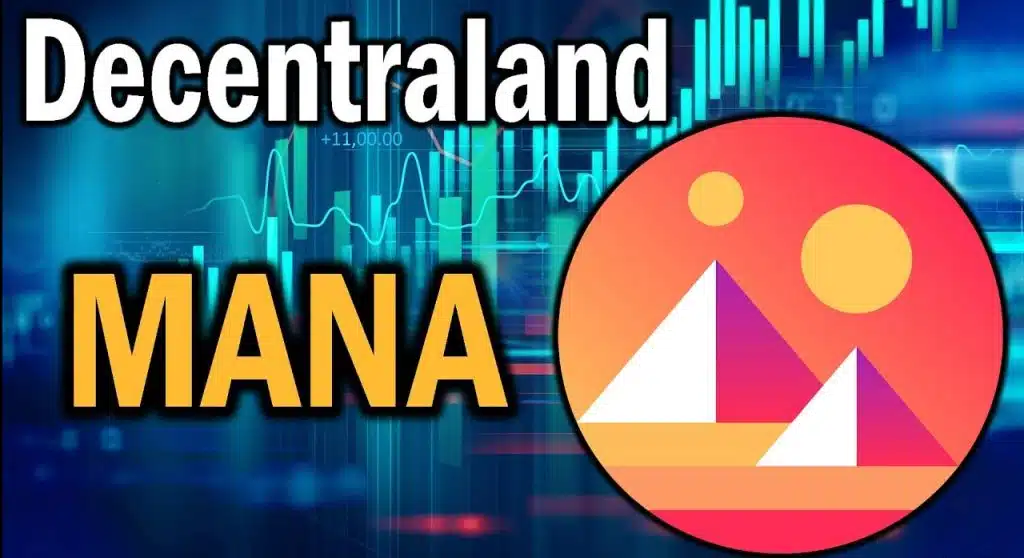In the realm of decentralized technology, blockchain stands out for its inherent decentralization and cryptographic security. However, a critical bottleneck emerges in the form of scalability, prompting the evolution of Layer 2 scaling solutions as a pivotal advancement to address this challenge. This article delves into the intricacies of Layer 2 scaling, with a specific focus on the Lightning Network and other emerging alternatives.
Layer 2 scaling involves the implementation of secondary protocols atop the primary blockchain layer, with the goal of enhancing transaction throughput and reducing latency. These solutions operate externally, deriving their security from the underlying blockchain structure.
The significance of scalability in blockchain networks cannot be overstated, especially as user bases expand, causing conventional blockchains to grapple with limitations in transaction speed and cost. Layer 2 solutions play a crucial role in alleviating these constraints and fostering widespread blockchain adoption by overcoming challenges such as slow transaction processing and high fees inherent in everyday transactions.
Amidst this evolution, individuals are encouraged to explore educational resources like The official website of an investment education firm, to enhance their understanding of decentralized technologies without focusing solely on potential gains.
The Need for Scaling Solutions
Inherent Limitations of Blockchain Networks
Blockchains inherently struggle with scalability due to their consensus mechanisms and block validation processes. This hampers their ability to handle a high volume of transactions efficiently.
Growing Demand for Faster and Cheaper Transactions
With an increasing emphasis on seamless transactions, the demand for quicker and cost-effective blockchain operations intensifies. Layer 2 scaling solutions become imperative to meet these expectations.
Environmental Concerns and Energy Efficiency
The energy consumption of traditional blockchain networks, notably Proof of Work (PoW) consensus algorithms, has raised environmental concerns. Layer 2 solutions offer potential relief by reducing the computational load.
Lightning Network: An In-Depth Analysis
Concept and Architecture of Lightning Network
The Lightning Network operates as a second-layer protocol, introducing off-chain channels for instantaneous and low-cost transactions. Participants create payment channels, enabling transactions without direct on-chain confirmation.
How Lightning Network Addresses Scalability Issues
By facilitating off-chain transactions, the Lightning Network significantly enhances scalability. Its use of smart contracts enables participants to transact directly, reducing the load on the primary blockchain.
Advantages and Limitations of Lightning Network
While the Lightning Network brings remarkable benefits, challenges include routing complexities and potential centralization risks. However, ongoing developments aim to mitigate these concerns.
Real-world Use Cases and Adoption
Several real-world applications, from micropayments to cross-border transactions, showcase the practicality and adoption of the Lightning Network. Merchants and users increasingly embrace its efficiency and cost-effectiveness.
Alternatives to Lightning Network
State Channels: A Comparative Analysis
1. Understanding State Channels
Similar to Lightning, state channels enable off-chain transactions. Participants create temporary channels, conducting multiple transactions before settling on the blockchain.
2. Pros and Cons in Comparison to Lightning Network
State channels offer specific advantages, such as reduced on-chain congestion, but face challenges related to channel management and dispute resolution.
Sidechains: Extending Blockchain Scalability
1. Overview of Sidechain Technology
Sidechains operate as semi-independent blockchains linked to the main blockchain. They provide additional throughput by processing certain transactions off the primary chain.
2. Use Cases and Adoption
Sidechains find application in scenarios requiring specialized processes or enhanced transaction speeds, showcasing their versatility and growing adoption.
Emerging Layer 2 Solutions
Plasma: Enhancing Scalability and Security
1. Plasma Framework and Operation
Plasma introduces a hierarchical structure of blockchains, enhancing scalability by segregating data. It offers enhanced security through a commitment to the main chain.
2. Use Cases and Current Developments
Plasma’s architecture caters to diverse applications, including decentralized exchanges and gaming ecosystems. Ongoing developments focus on refining its implementation for broader adoption.
Optimistic Rollups: Optimizing for Throughput
1. How Optimistic Rollups Work
Optimistic Rollups employ a unique approach, allowing users to submit transactions off-chain while maintaining security through periodic on-chain validations.
2. Advantages and Challenges
Optimistic Rollups exhibit promising advantages in scalability and efficiency but face challenges related to data availability and security trade-offs.
Challenges and Criticisms in Layer 2 Scaling
Security Concerns and Risks
While Layer 2 solutions enhance scalability, concerns persist regarding their security. Smart contract vulnerabilities, centralization risks, and potential exploits necessitate ongoing scrutiny.
Centralization vs. Decentralization Debate
As Layer 2 solutions evolve, the balance between scalability and decentralization remains a focal point of discussion. Striking the right equilibrium is crucial for long-term sustainability.
Interoperability Issues
Ensuring seamless interoperability between diverse Layer 2 solutions and the underlying blockchain poses a significant challenge. Standardization efforts are underway to address this concern.
Future Prospects and Developments
Research and Development in Layer 2 Scaling
Ongoing research endeavors aim to enhance the capabilities and security of Layer 2 solutions. Collaborations between academia, developers, and industry stakeholders contribute to continuous advancements.
Collaborations and Partnerships in the Blockchain Space
Strategic collaborations between blockchain projects and industry partners foster the evolution and accelerate the adoption of Layer 2 solutions. Cross-project partnerships contribute to a more robust ecosystem.
Potential Impact on Mainstream Adoption
As Layer 2 solutions mature, their impact on mainstream adoption becomes increasingly significant. Improving user experience, lowering transaction costs, and reducing environmental impact are key factors influencing adoption.
Conclusion
In conclusion, this article has delved into the intricacies of Layer 2 scaling solutions, with a primary focus on the Lightning Network and its alternatives. The exploration covered the underlying concepts, advantages, limitations, and real-world applications of these solutions.
The dynamic landscape of Layer 2 solutions reflects the continuous evolution of blockchain scalability, where adaptations contribute to a more resilient and accessible decentralized ecosystem.
As the blockchain community navigates the complexities of scalability, Layer 2 solutions emerge as pivotal contributors to the future of decentralized technologies. Striking a balance between efficiency and security remains paramount for sustainable growth in this evolving space.


![Dogecoin Price Prediction 2050 [Updated] 3 Dogecoin price prediction 2050](https://knowworldnow.com/wp-content/uploads/2022/03/Dogecoin-price-prediction-2050.webp)
![SafeMoon Price Prediction 2023, 2025, 2030, 2040, 2050 [Updated] 4 SafeMoon Price Prediction 2023, 2025, 2030, 2040, 2050](https://knowworldnow.com/wp-content/uploads/2022/09/SafeMoon-Price-Prediction-2023-2025-2030-2040-2050.png.webp)

